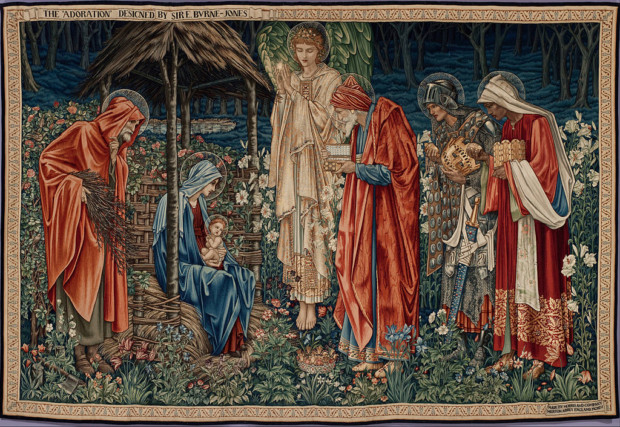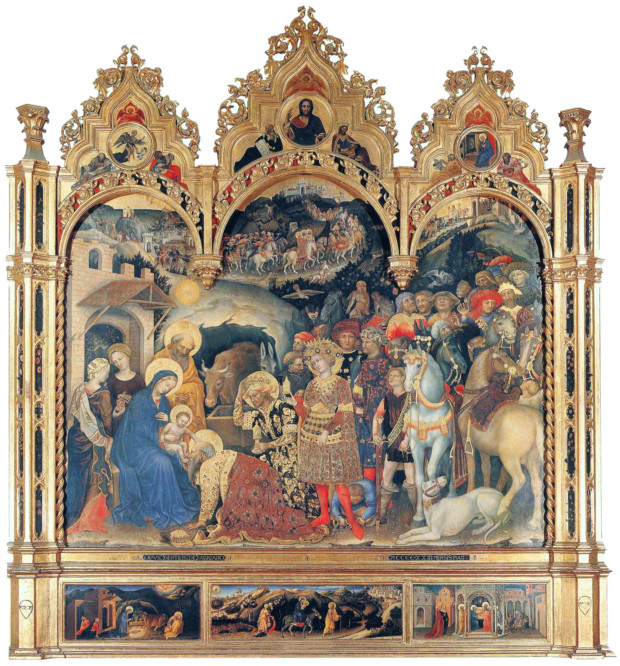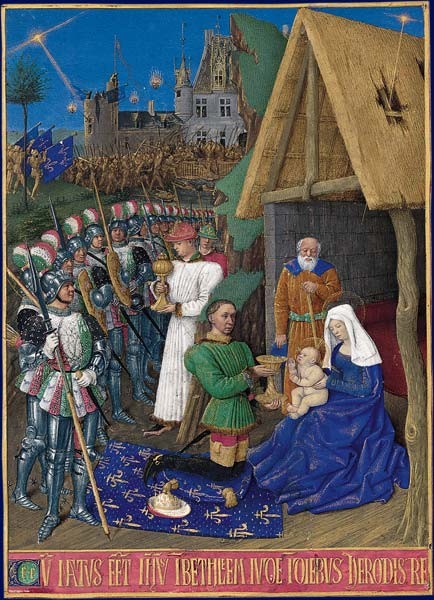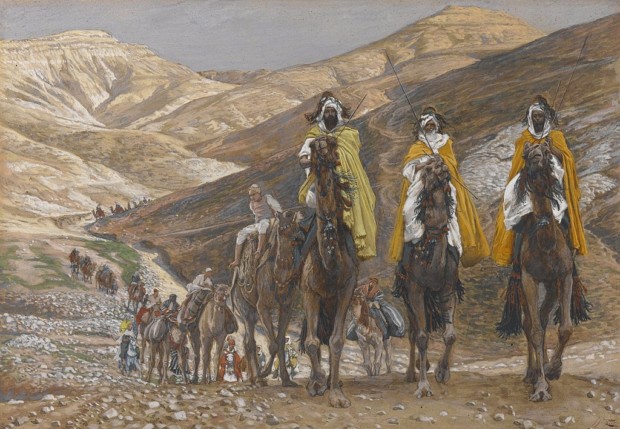Apollo and Daphne in 5 Artworks
From Ancient Rome to the Renaissance and Rococo, the timeless appeal of the Apollo and Daphne myth spans centuries of artistic expression. The myth...
Anna Ingram 30 January 2025
The Epiphany was already a popular subject in painting in the Middle Ages, yet it became a topos during the Renaissance when each respected painter produced at least one adoration scene. We probably are used to seeing the three magi offering their gifts to baby Jesus but do we know anything more about it? Here’s all you need to know about the Epiphany!

In Western Christianity, the feast commemorates Jesus’ physical manifestation to the Three Kings, thus the revelation of God incarnate as Messiah. Eastern Christians, on the other hand, see the baptism of Christ as his manifestation to the world as the Son of God, and this is what they celebrate on January 19th (since they observe the Julian calendar).

The Gospel of Matthew is the only one that mentions the three magi, or the (three) wise men or (three) kings. Matthew describes them as the men who came “from the east” to pay respect to the “king of the Jews.”

The New Testament does not provide the names of the magi. However, tradition has found them names: Melchior, who was a Persian scholar; Caspar, who was Indian; and Balthazar, a Babylonian scholar.

According to tradition, they visited Jesus bearing gifts of gold, frankincense, and myrrh. The gifts were very symbolic: gold stood for the royal nature of Jesus and his kingship on earth. The incense was a symbol of his divinity, and myrrh, which was customarily used as an embalming oil, heralded Jesus’s sacrificial death. However, all three gifts were known as typical offerings to a king.
DailyArt Magazine needs your support. Every contribution, however big or small, is very valuable for our future. Thanks to it, we will be able to sustain and grow the Magazine. Thank you for your help!